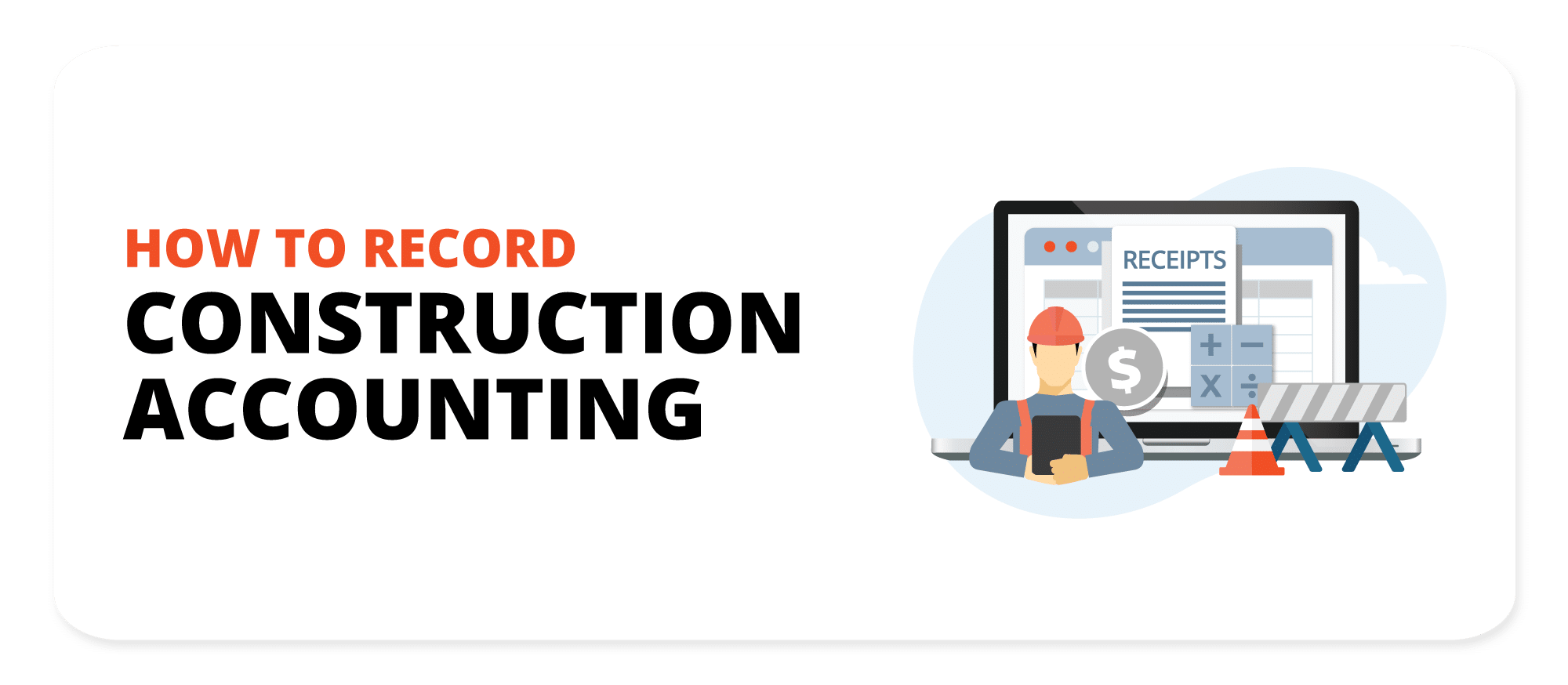Best Practices in Construction Accounting for Reliable Job Costing
Best Practices in Construction Accounting for Reliable Job Costing
Blog Article
A Comprehensive Guide to Building And Construction Audit: Maximize Your Financial Monitoring
Efficient monetary management is vital in the building and construction industry, where the intricacies of project-based earnings and expenditures can significantly impact general earnings. By using ideal practices in economic reporting and analysis, stakeholders can not only improve operational efficiency however additionally minimize potential threats.
Comprehending Building And Construction Bookkeeping
Comprehending building and construction audit is important for the successful management of monetary resources in the building industry. This customized branch of accountancy addresses the one-of-a-kind obstacles dealt with by building companies, consisting of project-based profits recognition, price monitoring, and compliance with regulative needs. construction accounting. Unlike traditional accountancy, building and construction audit calls for a distinctive strategy to manage the intricacies linked with lasting agreements and changing costs
Key components of building and construction audit consist of precise revenue recognition, which commonly depends on the percentage-of-completion approach or completed-contract technique, depending upon the task's nature. This makes certain that monetary statements reflect true efficiency and success with time. Task setting you back plays a vital duty, allowing companies to track costs connected with certain jobs, which aids in determining success and resource allocation.
One more critical aspect is the administration of cash circulation, which is frequently influenced by repayment schedules and delays in receivables. Reliable money flow monitoring guarantees that construction companies can meet functional needs and purchase future projects. construction accounting. Inevitably, mastering building and construction accountancy furnishes firms with the tools required to make educated monetary decisions, reduce risks, and improve general functional performance in an affordable sector
Work Costing and Budgeting

Budgeting, on the various other hand, serves as an economic roadmap for tasks. It entails setting monetary limits and alloting resources to different project elements, thereby developing a framework versus which real costs can be gauged. Effective budgeting needs thorough evaluation and projecting, taking into account historic information, market trends, and potential dangers.
With each other, job costing and budgeting give the required devices for building firms to keep track of economic efficiency, determine differences, and readjust techniques as required. By carrying out durable job setting you back techniques and adhering to well-structured spending plans, companies can boost their operational performance, reduce monetary risks, and ultimately enhance their success in a competitive market. Therefore, these practices are crucial for sustaining long-term success within the building industry.
Tracking Costs and Revenue
Precisely tracking expenses and earnings is crucial for building and construction firms to preserve financial health and make certain project stability. Reliable monitoring allows organizations to check job performance, recognize expense overruns, and make notified financial choices. Carrying out a systematic method to recording all economic transactions is essential to achieving this objective.
Utilizing Visit This Link construction bookkeeping software can significantly improve the tracking process. These tools assist in real-time monitoring of costs, including labor, materials, and subcontractor prices, while likewise catching profits produced from job landmarks and client settlements. By categorizing expenses and earnings streams, firms can acquire insights right into profitability and capital.
Combination of expense monitoring with task costing makes it possible for firms to review the financial impact of certain jobs. This technique makes certain their explanation that all expenses are designated correctly and aids in recognizing trends that may impact future projects. On a regular basis integrating accounts and assessing budget plans versus real costs can aid protect against economic inconsistencies and preserve monetary discipline.
Financial Reporting and Analysis
Monetary reporting and evaluation play an essential role in the building sector, supplying stakeholders with vital insights into a firm's economic efficiency and functional performance. Exact financial reports, including annual report, earnings statements, and money flow declarations, are basic for evaluating the health of a building and construction service. These records assist determine fads, review job success, and assist in notified decision-making.
In building audit, economic evaluation surpasses simple reporting; it includes inspecting economic data to reveal underlying patterns and abnormalities. Trick efficiency signs (KPIs), such as gross profit margins, job completion prices, and roi, function as standards to assess operational success. Regularly evaluating these metrics enables companies to determine locations requiring renovation, optimize source allotment, and improve job management approaches.
Furthermore, efficient economic coverage promotes openness and constructs trust fund with stakeholders, consisting of clients, vendors, and financiers. By preserving strenuous monetary oversight, construction business can reduce threats, ensure conformity with regulatory requirements, and eventually drive lasting growth. Therefore, a durable monetary reporting and analysis framework is essential for navigating the intricacies of the building landscape and attaining long-lasting success.
Finest Practices for Success

2nd, embracing a regular method to work costing is critical. This involves diligently tracking all expenses linked with each project, including labor, products, and overheads. Frequently reviewing task expenses versus first estimates aids identify differences early, making it possible for prompt restorative activities.
Third, keeping strenuous documentation practices guarantees compliance with guidelines and streamlines audits. This includes maintaining comprehensive documents of contracts, adjustment orders, billings, and invoices.
Additionally, investing in personnel training is important - construction accounting. Guaranteeing that employees are well-versed in accounting concepts, software usage, and sector standards can significantly boost performance and precision in monetary coverage
Conclusion
Efficient financial administration in the building and construction sector demands an see page extensive understanding of one-of-a-kind audit principles. Emphasizing precise task costing, budgeting, and persistent tracking of expenditures and profits is necessary for educated decision-making. Durable monetary coverage and analysis make it possible for construction professionals to identify trends and examine efficiency. By sticking to ideal practices, organizations can enhance operational effectiveness, reduce risks, and ultimately accomplish improved earnings, making certain lasting success in an affordable market.
Report this page